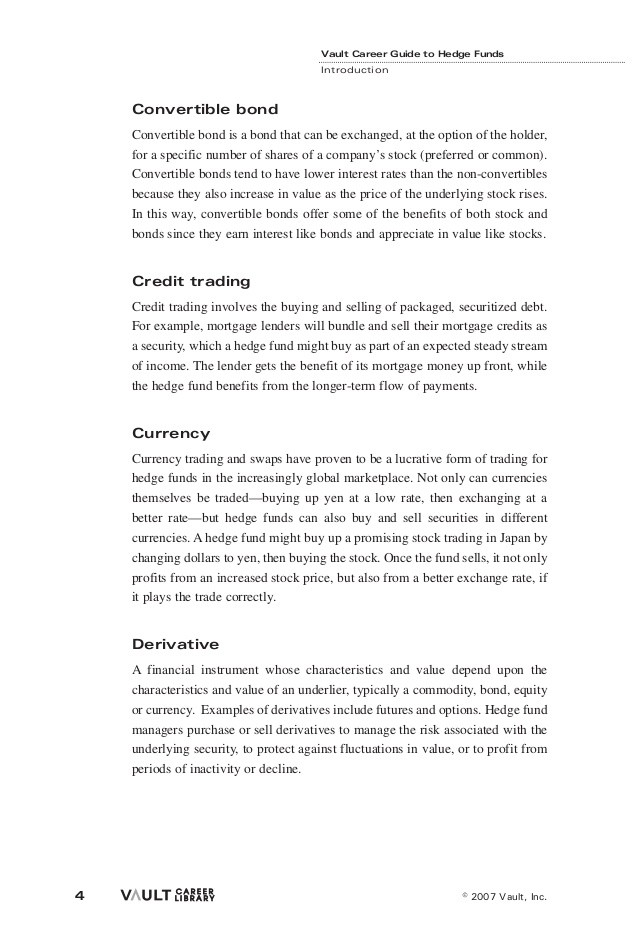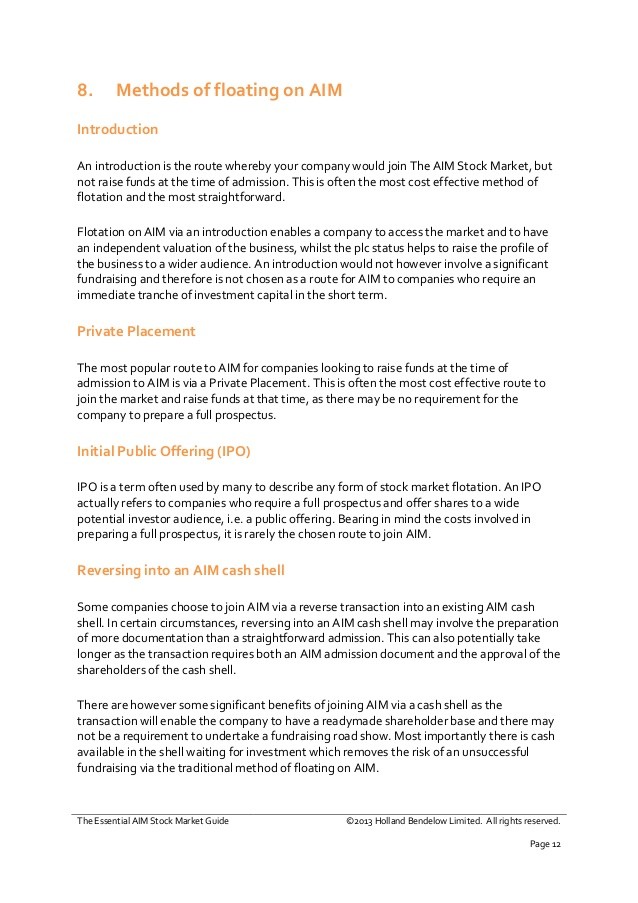An introduction to Securities Lending Full Guide
Post on: 13 Июнь, 2015 No Comment

Guide to the Securities Lending Markets
Securities lending provides liquidity to the equity, bond and money markets, placing it at the heart of today’s financial system. The increase in liquidity reduces the cost of trading, thereby increasing market efficiency and benefiting all. Securities lending markets allow market participants to sell securities that they do not own in the confidence that they can be borrowed prior to settlement. They are also used for financing, through the lending of securities against cash, forming an important part of the money markets. The ability to lend and borrow securities freely underpins the services that securities dealers offer their customers and the trading strategies of dealers, hedge funds and other asset managers. On the lending side, securities lending forms a growing part of the revenue of institutional investors, custodian banks and the prime brokerage arms of investment banks.
This publication aims to describe these markets, with an emphasis towards the United Kingdom, although UK markets are highly international in terms of both participation and securities traded. The intended audience is not market practitioners but others with some interest in securities lending, including trustees of pension or other funds that already lend their securities or might consider doing so, managers of companies whose securities are lent, financial journalists, the authorities and other interested parties.
The idea of a publication arose a year ago in discussions in the Securities lending and Repo Committee, which brings together market practitioners, the UK authorities and infrastructure providers, with the Bank of England chairing and providing administrative support. At a time of falling share prices, some commentators were drawing links with securities lending and short selling, often revealing some misunderstanding of how the markets actually worked. This is hardly surprising. Securities lending markets are complex, with multiple layers of intermediaries, transaction terms and pricing that can be opaque to those not directly involved in it.
Confusing terminology and market jargon does not help (one reason for the glossary). There seemed to be no authoritative publication, written by market practitioners, which described and explained the modern markets for a non·expert. The sponsoring organisations, representing the different players in the market, worked together to fill this gap. They set out to produce an accurate and accessible description of the markets and how they work, who is involved and why.

The Securities lending and Repo Committee welcome this publication. The National Association of Pension Funds and the Association of British Insurers, as well as the sponsoring organisations have also welcomed it. I would like to thank all those involved in its production.
David Rule
Chairman, Securities Lending and Repo Committee














